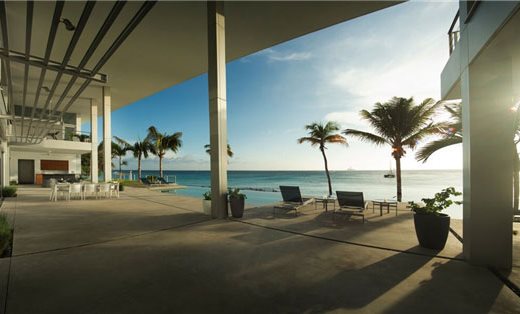Look at the Solomon Colors and Brickform color cards. You will find several gray options. That may be confusing. Concrete is gray, after all. Why would someone add gray color to it?

Depending on aggregate and sand color, cured concrete may appear more tan or blue than gray. Gray integral color is good for obtaining a specific shade of gray. An integral color can darken the color or make it approach more of a true gray. Dark gray integral color can be used in places such as parking lots where staining or dirt may be an issue. Many project owners like this because it avoids the stark appearance of newly placed concrete.
Gray color hardeners are used in the same applications as integral color. Shake on hardeners, however, have one significant difference. Because they are surface applied, color hardeners will not be affected by sand, aggregate, or cement color. The color will also be more uniform between pours.
Overlays and microtoppings are sometimes applied in gray for restoration. The project owner may desire a “standard” concrete appearance. When concrete has been patched or stained, it may have non-uniform appearance. Visually unpleasant concrete can be restored without significantly altering overall appearance.
It may not seem like it, but gray concrete color has a place. Simply put, gray can be beautiful, too.
Explore impressive concrete installations to find inspiration for your next project.
Find out how much color and fiber you'll need for any size project.